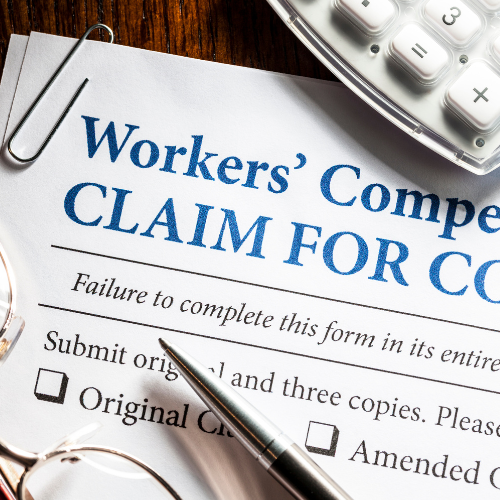
U.S. Environmental Protection Agency Targets ‘Cancer Alleys’
May 6, 2024
A Preventable Tragedy: The Silicosis Epidemic Among Artificial Stone Workers
May 20, 2024In recent years, concerns have grown over the toxicity of particles generated by artificial stone, which appear to have more severe health implications than those produced by natural stone. This distinction is crucial in understanding the increased risks associated with artificial stone, which is often used in countertops and other fixtures due to its aesthetic appeal and durability. However, the health hazards, particularly to those involved in its manufacturing and installation, are significant and demand closer scrutiny.
Composition and Risks
Artificial stone is composed of quartz crystals bonded together with resins and other polymers, creating a material that can be manipulated to resemble natural stone. However, the process of cutting, grinding, or polishing artificial stone releases respirable crystalline silica (RCS) particles into the air. These particles, when inhaled, pose serious health risks, including silicosis, a lung disease that can lead to severe respiratory impairment and even death.
High Concentrations of Dangerous Particles
One of the primary concerns with artificial stone is the high concentration of respirable particles it generates. Studies have shown that cutting artificial stones can release RCS content exceeding 80%, a stark contrast to the 4-30% typically produced when cutting natural stones. This increased concentration significantly elevates the risk of inhaling harmful levels of silica dust.
Amplified Toxicity within Artificial Stone
Moreover, the physical characteristics of the particles from artificial stone amplify their toxicity. These particles are often ultrafine (<0.1um in diameter), allowing them to penetrate deep into the lung tissue where they can cause more damage. Their irregular shapes, with sharp edges and surface fractures, make them more likely to induce cell lysis, leading to lung scarring and the rapid progression of silicosis.
Artificial Stone’s Effect on Human Health
Adding to the concern, the process of working with artificial stone releases volatile organic compounds (VOCs) like styrene, phthalic anhydride, benzene, ethylbenzene, and toluene. These compounds are known respiratory irritants, with some having the potential to sensitize the respiratory system, exacerbating the harmful effects of silica dust.
Silicosis
Epidemiological evidence supports these toxicological concerns. Studies, such as those by Wu et al. (2020) and León-Jiménez et al. (2020), have documented the aggressive nature of silicosis associated with artificial stone. Patients exposed to artificial stone dust showed symptoms of silicosis after a much shorter duration of exposure compared to those exposed to natural stone, with some cases progressing rapidly even after cessation of exposure. The need for lung transplants and the mortality rate among those with artificial stone-associated silicosis were also significantly higher.
Dangerously Reactive
Toxicology studies further elucidate the dangers inherent in artificial stone. For instance, research by Ramkissoon et al. (2022) highlighted the high levels of crystalline silica and the irregular, sharp-edged nature of the particles generated from artificial stone. Another study by Pavan et al. (2016) pointed out the highly reactive and potentially fibrogenic nature of the dust produced during the cutting of artificial stone, underscoring the urgent need for regulatory and preventive measures in workplaces where artificial stone is processed.
The Need for Safer Practices Now
The mounting evidence from these studies paints a clear picture of the heightened risks associated with artificial stone. The combination of high silica content, particle shape and size, and the release of sensitizing VOCs contribute to the severe toxicological profile of artificial stone dust. This understanding is crucial in developing better protective measures for workers and reducing the incidence of silicosis and other related health issues in industries that utilize artificial stone. It also serves as a call to action for regulatory bodies to enforce stricter controls and for industries to adopt safer practices to protect their workers from these insidious health risks.
Seeking Justice for Victims of Silica Exposure – Brayton Purcell LLP
If you or someone you know has been affected by exposure to engineered stone countertop silicosis, take immediate action to protect your rights with experienced silicosis victim lawyers from Brayton Purcell LLP. We specialize in advocating for workers affected by artificial stone silicosis and have a team of silica exposure attorneys ready to fight for you.
Our experienced legal team is committed to securing the justice you deserve and protecting future workers from negligent industrial practices.
Together, we can strive for a healthier, safer future. Contact us online or call us at (800)361-2417 to start your journey towards justice and healing.














